The impact that COVID-19 has had on Ohio manufacturing is significant but more pronounced in some manufacturing segments than others. Now that the state and the nation are emerging from the COVID-19 crisis the pace of the economic recovery is hard to predict, so business owners need to continue being cautious and focus on the fundamentals.
A recent meeting of Cleveland-area manufacturing executives highlighted the extent to which the recovery is uneven, benefiting some manufacturing segments more than others. One business owner whose company makes industrial equipment characterized a recent boost in orders by saying, “the floodgates have opened.” Sales were more than 30% above the company’s plan. His biggest challenge was getting ramped up to fulfill the orders, as a portion of his workforce was still furloughed.
At the same time, another manufacturer who sells quality control technology worldwide noted that COVID-19-related complications, such as the need to quarantine when entering a country, had slowed his company’s sales and service operations to a crawl.
A study released in May by the Voinovich School of Leadership and Public Affairs at Ohio State University bears out the observation that the impact of COVID-19 – and the expected recovery time – varies widely from one manufacturing segment to another. The COVID-19 Impact in Q1 2020: Implications for Health Care, Transportation Equipment Manufacturing, and Local/State Government Employment study noted that weakened international demand for American-made goods has hit the state hard, as Ohio is the 9th largest exporting state in the U.S., as of 2018. The automotive market was impacted early in the COVID-19 crisis, as nationwide expenditures on motor vehicles and parts decreased by 0.95% in the first quarter. Ohio has the 11th largest share of employment in transportation-related manufacturing.
Earlier this year we released a State of Manufacturing produced by MAGNET. It is interesting to see the difference to the manufacturing since COVID-19 and also analyze what has remained the same. Click here to view the full report.
Back to Work May Not Mean Back to Normal
As the state and nation reopen, some industries will come back faster than others. As they do come back, business owners may find business, as usual, is no longer.
In manufacturing, supply chains are a significant issue, especially those that rely on goods from China. The COVID-19 situation is compounded by tensions between the U.S. and China that have produced price volatility brought by on-again/off-again tariffs. Between the two issues, some manufacturers are experiencing unpredictable supply chains and having to source their materials and equipment elsewhere.
Additionally, some industries have seen consolidation during the pandemic as financially strong companies have picked up weaker competitors or companies that produce allied products. Your supply chain and your competitive landscape may look very different in the future.
What to Do Now?
- Right-sizing. The most pressing need for manufacturers right now is to right-size your business to make sure you’ll maintain economic viability. Right-sizing your workforce is the most significant part, understanding it’s difficult to lay off or furlough workers. But it’s essential to maintain your company’s financial stability and remember, you can always hire people back.
- What do you need to do to innovate? You may have to make structural changes to your business for the long term to get back to where you want to be. Look for new markets and consider new product lines that you may be able to start. Ohio companies that pivoted to start producing hand sanitizer, masks, and even ventilators when the COVID-19 pandemic hit are in a better position today than many of their peers.
- Don’t do it alone. You have trusted advisors for a reason – that reason is happening now. Pull your advisors together and get their ideas. This can include your Barnes Wendling advisor, your lawyer, your banker, and other people who know your company well.
- Don’t exit. Some business owners are thinking about exiting their businesses sooner than they had planned. If you are considering this, be cautious. The ongoing pandemic and economic crisis may have robbed your business of a lot of value. Don’t sell low. Shore up your balance sheet and tough it out – one more time – so you can get the valuation your business deserves and feel good about leaving when it’s a better time to exit.
If there is one fundamental rule about toughing out a crisis, it’s this: Companies that have a strong balance sheet can weather a storm and capture market opportunity. Opportunity may come in the form of new markets or acquisitions. It takes time to build a strong balance sheet. Now is the best time to start. Although COVID-19 has negatively affected a lot of Ohio manufacturers, it is also shinig a light on new technologies. This article from Forbes touches on a new digital era for manufacturers.
Reach out to your Barnes Wendling advisor for a discussion on how you can best position your manufacturing company to ride out the remainder of this economic downturn.
Featured Post

Featured Client Testimonials
BW is a true partner to us. Their knowledge, expertise, and service are a valuable resource to us and play an important role in our success!
John Allen - Vice President of Finance, Kaufman Container
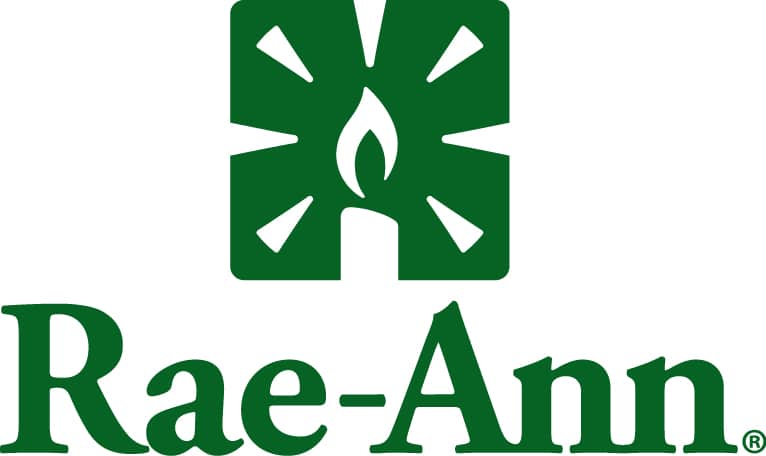
Featured Client Testimonials
I appreciate the exceptional tax advice we received over the years. The (BW team) has a good grasp of our business needs. Thank you for your excellent service.
John Griffiths - Owner, Rae Ann, Inc.
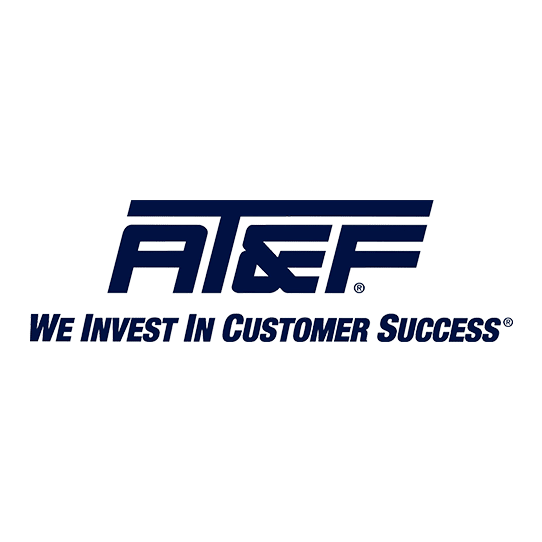
Featured Client Testimonials
Barnes Wendling has been our company accountants for over seven years. Their knowledge has been instrumental in helping us grow strategically during this time. And although we’ve seen many changes in our economy that we cannot control, we’ve always been able to trust the Barnes team to be by our side. The Barnes team feels like family. We can’t thank them enough for their support!
Christine Kloss - Controller, AT&F
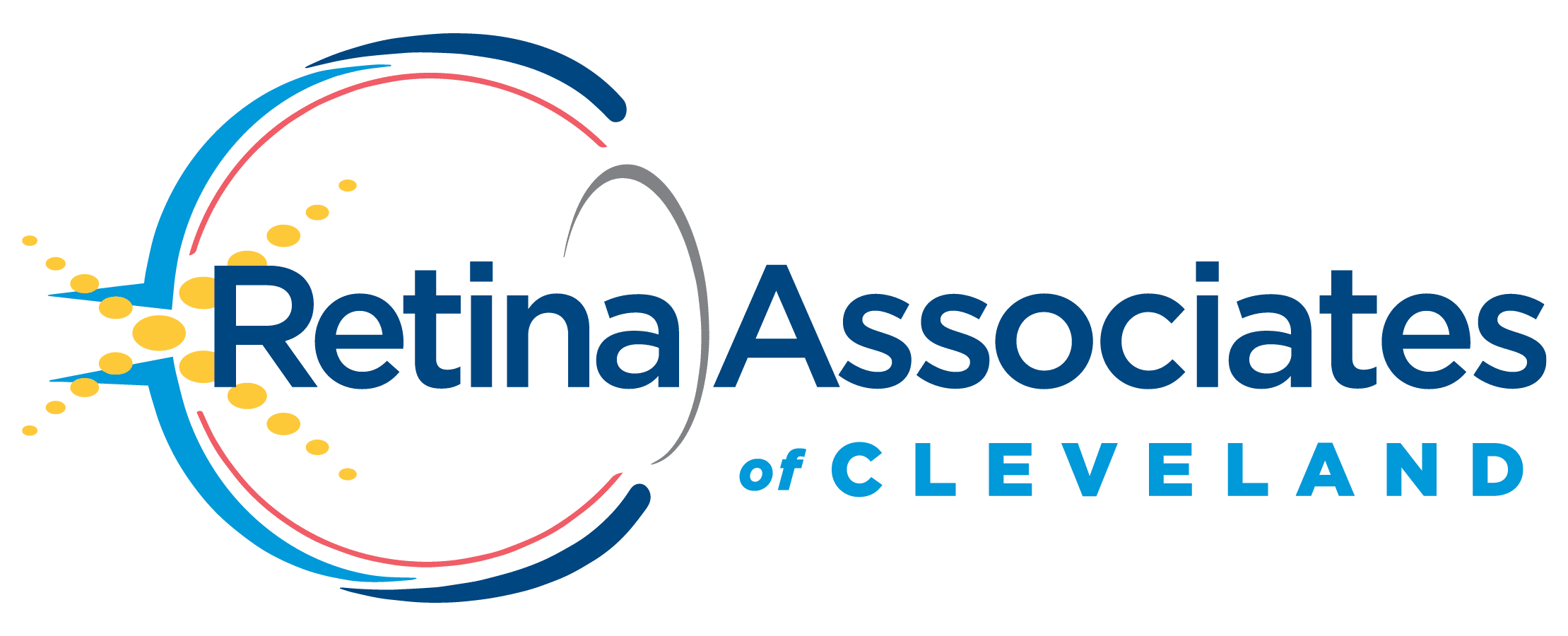
Featured Client Testimonials
Barnes Wendling has been our company accountants for over 15 years. During this time, the business has grown exceptionally, and Barnes has kept pace, providing accurate, quality advice. Our finances are more efficient than ever, and the expense of hiring Barnes has been a definite positive add to our bottom line. I give my highest recommendation to their firm.
David Miller, MD - President, Retina Associates of Cleveland

Featured Client Testimonials
Barnes Wendling has provided us guidance and recommendations that have strategically helped strengthen our business and position ourselves for growth. We needed to hire a new VP of Finance and Controller this past year, and they were instrumental in helping us find the best candidates for our company.
Sara Blankenship - President, Kaufman Container

Featured Client Testimonials
We value the trust, accuracy of information, and reliability of Barnes Wendling and Mike Essenmacher personally. Mike has been instrumental as a trusted advisor on accounting, tax, and personnel issues. His advice is always accurate, and he is very reliable. His associates are also very talented.
Dominic Ozanne - President and CEO, Ozanne Construction Company

Featured Client Testimonials
We value Barnes Wendling’s expertise with all things accounting so we can operate our business using our strengths and allowing them to be our experts. They have also brought me a few business sale opportunities to allow me to grow my assets.
John Gaydosh - President and Metallurgical Engineer, Ohio Metallurgical Service
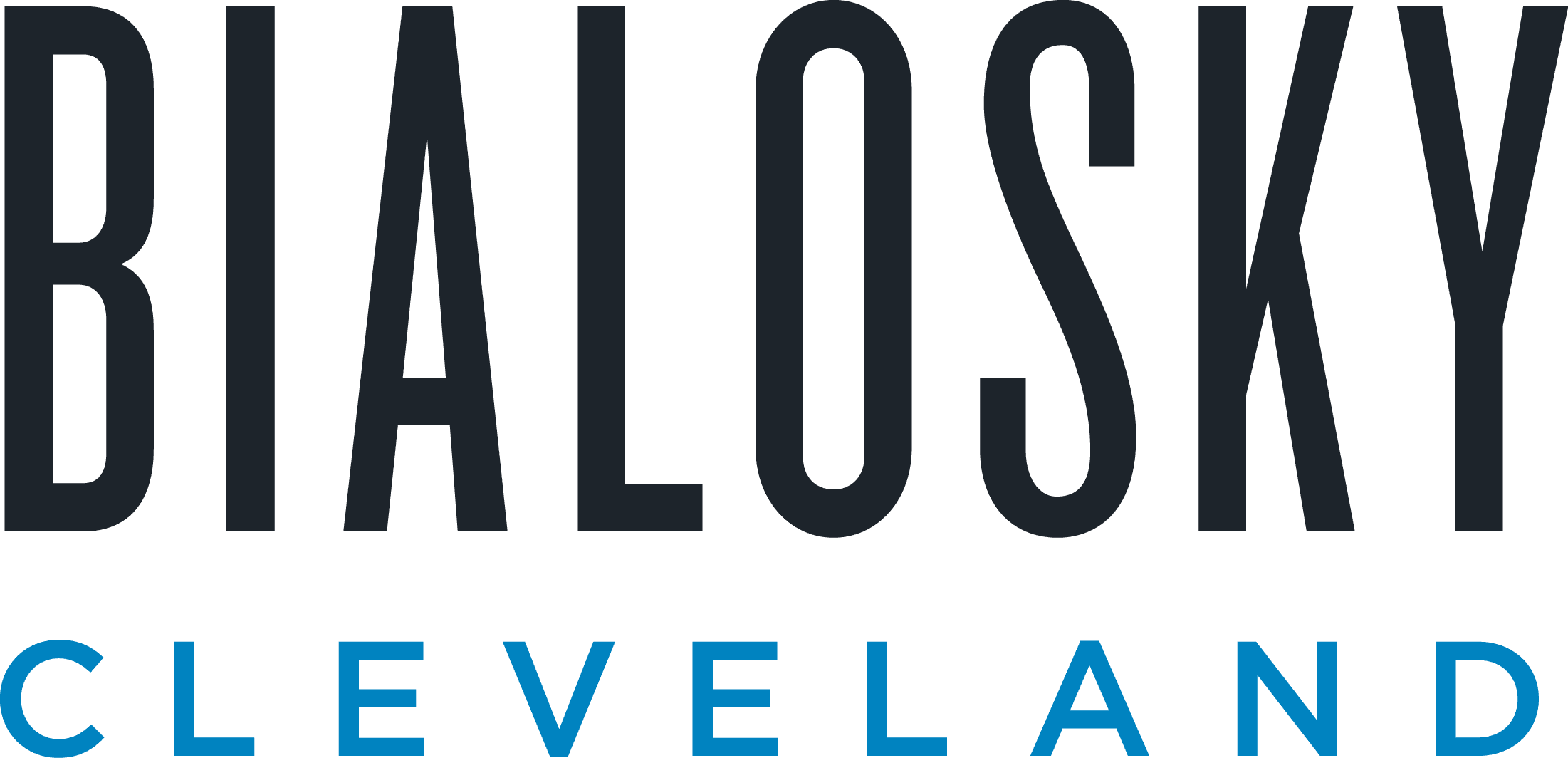
Featured Client Testimonials
Barnes Wendling (especially Lena) did a great job with our financials. Everything. It is extremely refreshing and comforting to know that all of our numbers are not only correct, but they are in the right place(s). Your diligence and reporting truly does make me (personally) feel better.
Thomas Adomaitis - Controller, Bialosky Cleveland

Featured Client Testimonials
I can wholeheartedly tell you that I have yet to work with an audit or tax team that have been more helpful, easy to work with, and committed than the team at Barnes Wendling- I have been through three different firms in the last few years.
Michelle Saylor, Former Controller, Aero Mag
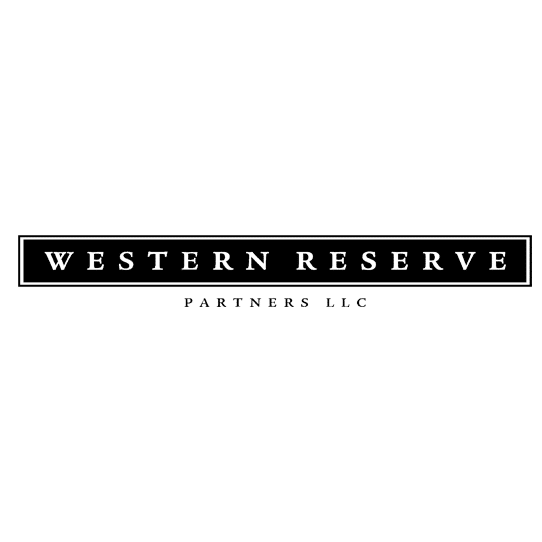
Featured Client Testimonials
Floyd Trouten at Barnes Wendling CPAs is an “expert’s expert” when it comes to M & A accounting. Not only does he understand the evolving details of the Tax Code but he also sees the fine points of their application for owners, managers, investors, and financiers.
Mark A. Filippell, Western Reserve Partners

Featured Client Testimonials
The service is amazing at Barnes Wendling CPAs. The benefit is worth more than the cost. Sometimes it’s true that you get what you pay for.
Mark Boucher - Former Owner, Castle Heating & Air





